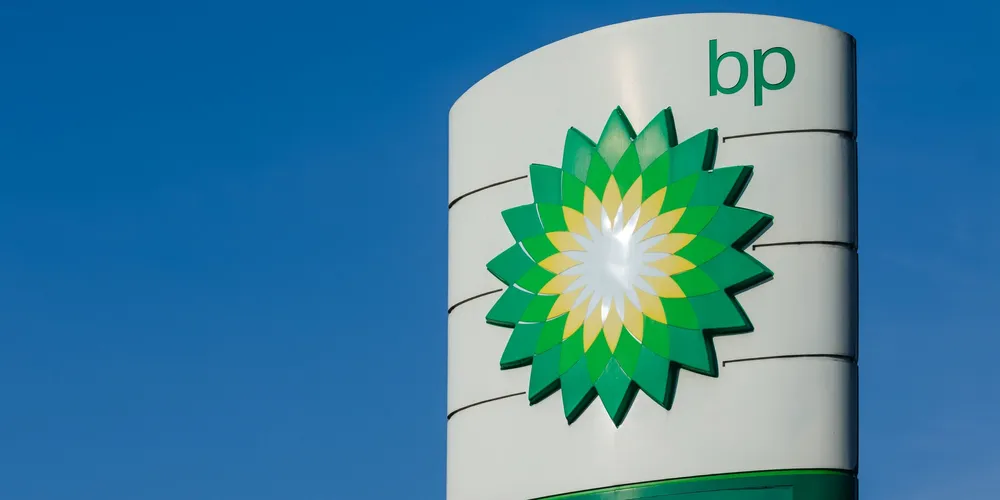BP quits gigantic renewable energy plan in latest green exit
Company ditches operating stake in AREH to focus on upstream oil and gas

BP has exited the gigantic Australian Renewable Energy Hub, which would feature up to 26GW of upstream wind and solar, much of which would have been used produce hydrogen and ammonia.
However, it has now advised its consortium partners, InterContinental Energy and CWP, that it will exit AREH as both an operator and equity holder.
“This decision reflects BP’s recent strategy reset, which will see BP grow its upstream oil and gas business, focus its downstream business, and invest with increasing discipline into the transition,” a spokesperson for the company said.
“While AREH no longer aligns with BP’s strategy, it continues to present an important opportunity for Western Australia to decarbonise the Pilbara. BP will work with its AREH partners to ensure a safe and efficient transition of operatorship.”
Similarly, the AREH consortium partners have stressed that they are still going ahead with the project.
“We are grateful for BP’s significant contributions and partnership, which have played a vital role in advancing the project to this stage,” said Alexander Tancock, CEO of InterContinental Energy.
“As the AREH project company assumes operatorship with the leadership and guidance of InterContinental Energy, we remain committed to working closely with the Government of Western Australia and all stakeholders to drive the next phase of development.
“We believe strongly in the project’s potential to decarbonise the Pilbara and diversify the State’s economy, and we look forward to delivering on this shared vision.”
While AREH had initially been positioned as a hub dedicated to the production of green hydrogen and ammonia, BP had later clarified that the first stage would primarily generate renewable electricity for the region.